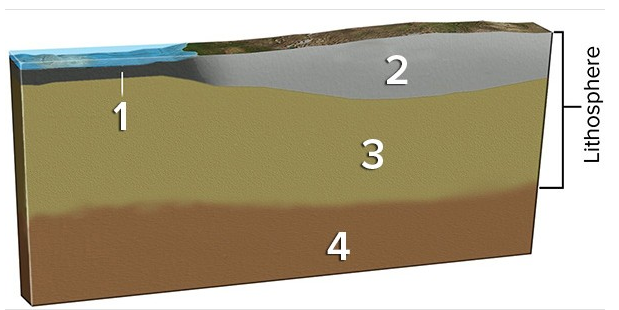There are often eight issues that can be debated when reflecting on environmental policy. They include:
1. government versus individual
2. competing public values
3. uncertainty and action
4. which level of government decides?
5. which government agency has jurisdiction?
6. protection against selfish actions
7. the best means to an end
8. political power relationships
Discuss at least two of the above issues, describing the challenges that each brings to developing environmental policy.
What will be an ideal response?
Individuals are often left to make their own decisions about how much they drive, how much energy they use, how much waste they generate, how much water is consumed. These things are hard to regulate from a governmental standpoint and are often regulated differently in each state and within each municipality. What is good for the government (a decrease in fossil fuel imports) is often not viewed as a positive for the individual (if it translates into less individual automobile use). Regarding a second issue, uncertainty and when to take definitive action on an environmental problem are debated for almost every environmental issue, especially early on. The precautionary principle approach says that when there is reasonable evidence that an action or policy may place human health or the environment at risk, precautionary measures should be taken, even if initial evidence seems inconclusive. This approach encapsulates the environmental debate over the global climate change issue, where energy companies might resist implementing controls over fossil fuel use, even though environmental change continues.
You might also like to view...
In the diagram below, which layer(s) correspond to the mantle?

A) 1 and 2
B) 3
C) 3 and 4
D) 4
The large group of Scandinavians in Minnesota and the Dakotas in early America are known as a(n) ________.
A. majority B. ethnic island C. culture D. ethnic province
The ____________________ degree-day is based on the assumption that people will begin to use their furnaces when the mean daily temperature drops below 65 degrees Fahrenheit
Fill in the blank with correct word.
The Dry Adiabatic rate of change for unsaturated air is 10°C/1000 m. What does this mean?
A) Unsaturated air will get warmer or colder as it travels north or south. B) Unsaturated air will get warmer as it sinks and colder as it rises. C) Unsaturated air will get warmer or colder as it travels in any direction. D) Unsaturated air will get warmer as it rises and colder as it sinks. E) Saturated air will not change.